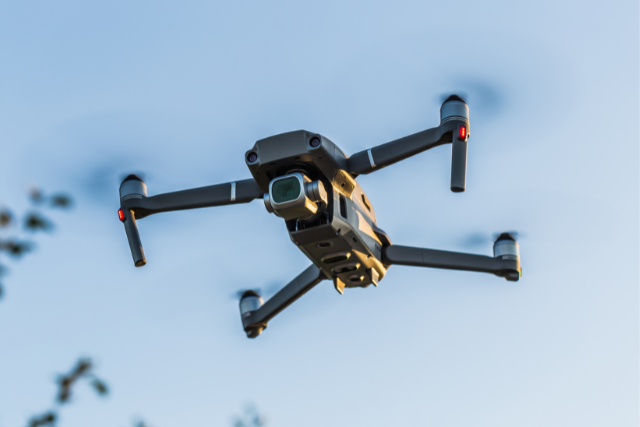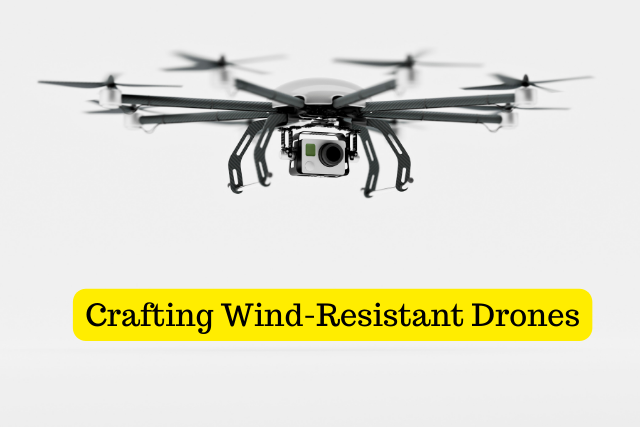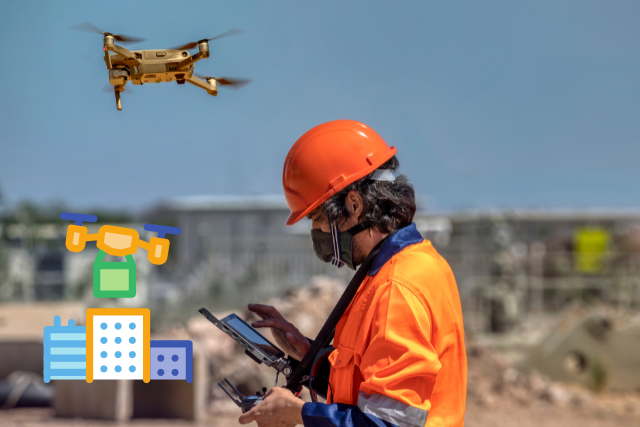While you might think all drones are built the same, the choice of material can significantly impact their aerodynamics and performance.
You’re about to discover how carbon fiber composites offer unmatched strength-to-weight ratios, why lightweight aluminum alloys are not just for aircraft, the benefits of advanced polymer plastics, the role of titanium in high-strength frameworks, and how glass fiber reinforcements can change the game.
Each material brings something unique, shaping how drones slice through the air with precision.
Stick around to uncover which material could elevate your drone’s performance.
Key Takeaways
- Carbon fiber composites and titanium offer unparalleled strength and agility, enhancing drone performance.
- Lightweight aluminum alloys enable longer flight times through significant weight reduction.
- Advanced polymer plastics and glass fiber reinforcements provide durable, yet lightweight frames for versatile drone designs.
- Material choice directly impacts drone aerodynamics, affecting performance, durability, and operational life.
Carbon Fiber Composites
When it comes to enhancing drone aerodynamics, carbon fiber composites are a game-changer. You’re looking at a material that’s not just about making your drone look sleek. It’s about revolutionizing how it flies.
With carbon fiber, you enter a world where strength meets lightness in an unmatched harmony. This isn’t just about adding a cool factor; it’s about giving your drone the freedom to soar higher and faster, with the grace of a bird.
Imagine the wind being less of an obstacle and more of a dance partner for your drone. Carbon fiber composites make this possible. They’re designed to withstand the challenges of the sky while keeping the weight of your drone to a minimum.
This means you can push the limits of what you thought was possible, exploring new heights and capturing shots that were once out of reach.
It’s not just about the material but what it represents. Freedom, innovation, and the boundless potential of flight.
Lightweight Aluminum Alloys
Shifting gears, let’s explore how lightweight aluminum alloys transform drone aerodynamics, offering a robust yet surprisingly light solution for enhancing flight performance.
You might wonder what makes these alloys stand out in the vast sea of materials.
Well, their unique combination of strength, flexibility, and lightness sets them apart, allowing for longer flight times and more agile manoeuvres.
The magic lies in their composition, tailored to meet the demands of modern drone technology.
Here are a few key benefits:
- Durability: These alloys withstand the rigors of flight, resisting wear and tear from repeated use.
- Weight Reduction: They significantly lighten the load, enabling drones to soar higher and faster without compromising structural integrity.
- Cost-effectiveness: Despite their superior qualities, they remain relatively affordable compared to other high-tech materials.
Understanding these advantages, you can see why lightweight aluminum alloys are a game-changer in drone design.
They liberate drones from the constraints of heavier materials and empower you to achieve unprecedented levels of performance and efficiency in your aerial endeavors.
Advanced Polymer Plastics
Building on the foundation of lightweight aluminum alloys, advanced polymer plastics offer another revolutionary leap in enhancing drone aerodynamics with their unmatched versatility.
When moving into the world of drones, choosing the right materials can feel like a quest for freedom. You want your drone to soar, unburdened by heavy materials, yet strong enough to withstand flight challenges. That’s where advanced polymer plastics come into play.
These polymers are not just any plastics; they’re engineered to be light, yet incredibly tough. Imagine your drone slicing through the air, its frame resistant to impacts and the wear of time, all thanks to these innovative materials.
They’re the unsung heroes in the quest for aerodynamic efficiency, offering a balance that few materials can.
Moreover, the adaptability of these plastics is something to marvel at. They can be molded into intricate shapes, allowing for designs that were once deemed impossible. This means your drone can have a sleek, aerodynamic profile that cuts through the air with minimal resistance.
In essence, advanced polymer plastics liberate your drone from the constraints of heavier materials, giving it the agility and longevity you’ve been searching for. With these polymers, the sky’s not the limit; it’s the playground.
Titanium for High-Strength Frameworks
Diving deeper into the realm of materials that elevate drone design, let’s explore how titanium stands as a game-changer for creating high-strength frameworks.
You’ve probably heard of titanium being used in aerospace and high-performance vehicles, but did you know it’s also perfect for drones?
Here’s why:
- Lightweight yet Strong: Titanium offers the best of both worlds. It’s as strong as steel but 45% lighter. This means your drone can handle more while not being weighed down.
- Corrosion Resistant: Drones often face harsh conditions. Titanium’s resistance to corrosion ensures your drone’s framework lasts longer, even in salty or wet environments.
- High-Temperature Tolerance: Whether it’s the heat from the drone’s electronics or the sun beaming down, titanium can handle it. This material maintains strength even at high temperatures, keeping your drone safe and sound.
Using titanium in your drone’s framework boosts its performance and extends its operational life. Its impressive strength-to-weight ratio, resistance to the elements, and ability to withstand high temperatures make it an unparalleled choice.
So, if you’re aiming for a robust, durable, and agile drone, titanium is your go-to material.
Glass Fiber Reinforcements
Beyond titanium, glass fiber reinforcements offer another avenue for enhancing drone durability while keeping them light and manoeuvrable.
It’s an incredible material that’s both tough and surprisingly flexible, making it perfect for drones that need to survive a few bumps and crashes.
You see, glass fiber is made by weaving tiny strands of glass into a fabric. This fabric is then used to reinforce plastic or resin, creating a composite material that’s strong like metal but much lighter. This unique blend of strength and lightness makes glass fiber so valuable in drone design.
Imagine your drone soaring through the air, nimble and quick. With glass fiber reinforcements, it’s not just a dream. These materials help your drone resist damage from collisions and the wear and tear of regular use, all without weighing it down.
Plus, they’re more cost-effective than some high-end materials, meaning you get top-notch performance without breaking the bank.
Conclusion
You’ve now discovered the top materials for drone aerodynamics: carbon fiber composites, lightweight aluminum alloys, advanced polymer plastics, titanium, and glass fiber reinforcements.
Each brings unique benefits, from strength to lightweight design, making your drone soar higher and smoother. By choosing the right material, you’re not just building a drone; you’re crafting an aerial masterpiece.
So pick the best fit for your project, and watch your drone take flight like never before.




